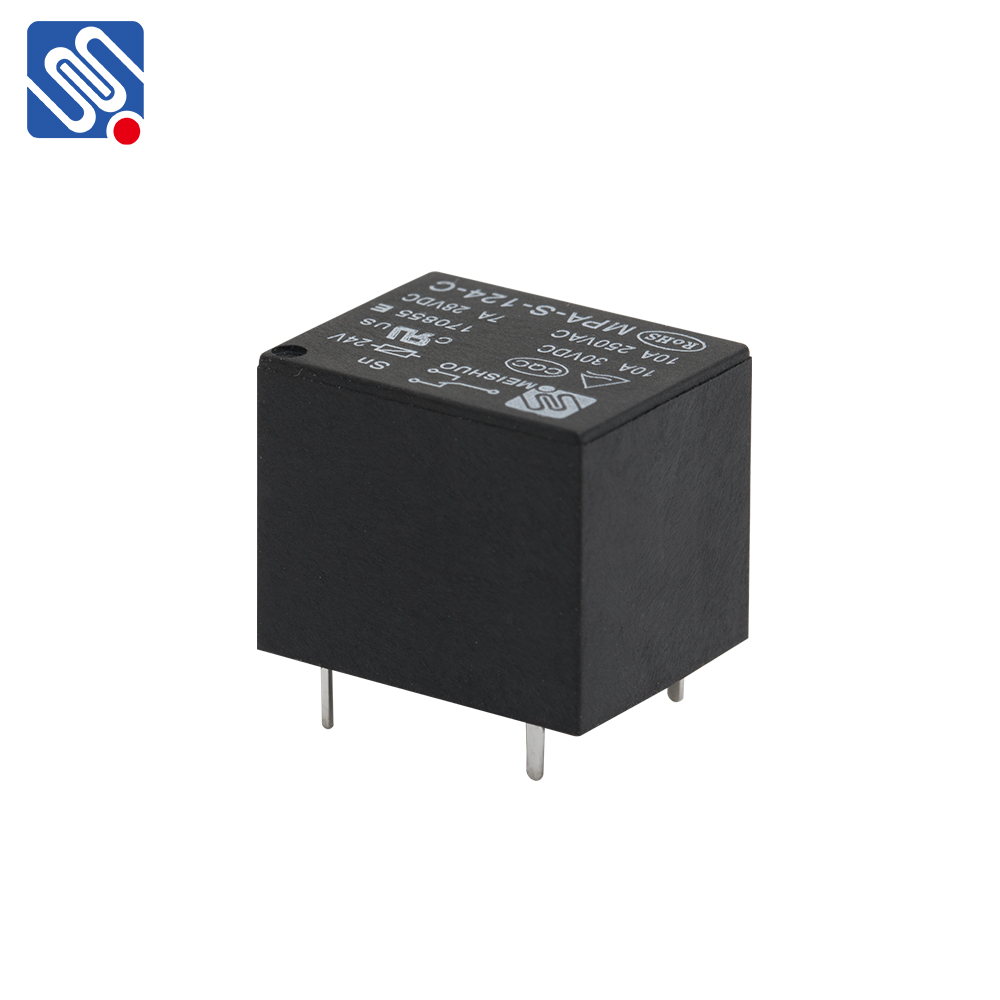understanding relay drives and the role of meishuo
Release time:2025-06-08 12:09:44
In the ever-evolving world of technology, one of the key components in various automated systems is the relay drive. Relay drives serve as vital intermediaries that can control a circuit by using a low-power signal or multiple circuits can be controlled by one signal. This versatility makes relay drives indispensable in various applications, from industrial machinery to household devices. In this article, we will delve deeper into relay drives, their functionality, and how Meishuo enhances their capabilities.

A relay, at its core, is an electrically operated switch. It is composed of a coil, an armature, and a set of contacts. When a current passes through the coil, it creates an electromagnetic field that attracts the armature, causing it to move and either open or close a circuit. This simple yet effective mechanism allows for the control of larger currents and voltages using smaller ones, thereby enhancing both the safety and efficiency of electrical systems.
Relay drives can be categorized into several types based on their functionality. Electromechanical relays (EMRs) are the most common type, comprising mechanical components that can wear out over time. Solid-state relays (SSRs), on the other hand, use semiconductor devices to perform switching operations without mechanical movement, resulting in increased durability and faster response times.

